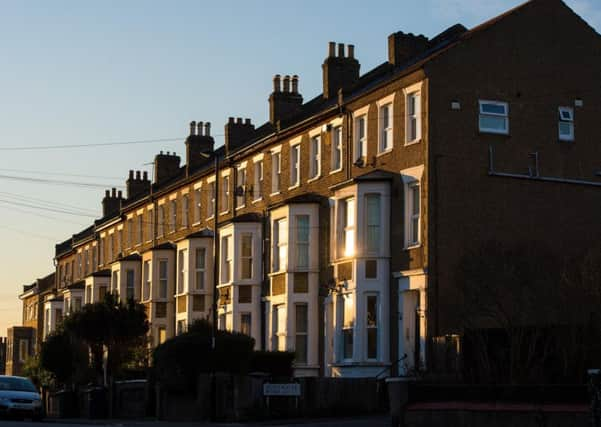Neighbourhoods '˜blighted' by hundreds of empty homes in Derbyshire


Housing charity Action on Empty Homes has warned that empty homes reveal the “stark reality” of the country’s “broken” housing market.
In September there were 569 long-term empty homes in the area - homes that campaigners say could be brought back into use to help families in need of social housing.
Advertisement
Hide AdAdvertisement
Hide AdThat means 54% of the vacant properties in the area had been sitting empty for six months or more.
In total, 1,048 properties were found by the Ministry of Housing, Communities and Local Government to be “unoccupied and substantially unfurnished”.
The number of long-term empty homes has risen since 2017, when there were 482 such properties - an increase of 18%.
Action on Empty Homes campaigns to bring more empty properties back into use for people in need of housing.
Advertisement
Hide AdAdvertisement
Hide AdIt believes that official figures underestimate the true scale of the problem.
Government statistics do not include derelict properties that could be refurbished, or second homes that are rarely occupied.
The majority of the long-term empty properties were low-value houses in the bottom two council tax bands, which made up 65% of the total.
Action on Empty Homes campaign manager Chris Bailey said that many neighbourhoods at the lower end of the housing market are “blighted by empty homes and under-investment”.
Advertisement
Hide AdAdvertisement
Hide AdHe said: “Empty homes are a canary in the coalmine telling us the stark reality of our broken housing market. The time to fix that is now.
“Across England more than a million families are on social housing waiting list, and tens of thousands are in often unsuitable temporary accomodation.
“Every empty home is a wasted opportunity to make a family’s life better, and at a time of national housing crisis this is more critical than ever.
“The Government needs to invest money in getting these homes back into use, particularly in lower value markets, in order to meet the high level of housing need in those communities.”
Advertisement
Hide AdAdvertisement
Hide AdAcross England, 228,000 properties had been unoccupied for more than six months, up from 217,000 last year.
The number of homes unoccupied for more than two years also rose, from 61,000 in 2017 to 62,000 this year.
Polly Neate, chief executive of homelessness charity Shelter, said: “Looking at the figures today, it’s exasperating to see that the number of empty properties has increased at a time when there are so many families without a safe and secure place to call home.”
But she said that the Government should prioritise building more social housing first.
Advertisement
Hide AdAdvertisement
Hide Ad“Some of these homes will be empty for good reason, and others are in the wrong place to offer any kind of practical solution for those in desperate need of a home.” she said.
A spokesperson from the Ministry of Housing, Communities and Local Government said: “Local authorities have a range of powers at their disposal to tackle long-term empty homes, and we expect them to use them.”
Next year local authorities will have the power to double council tax on homes left empty for two years or more - a premium currently capped at 50%.
But North East Derbyshire is one of the few local authorities that did not charge any premiums on long-term empty dwellings.